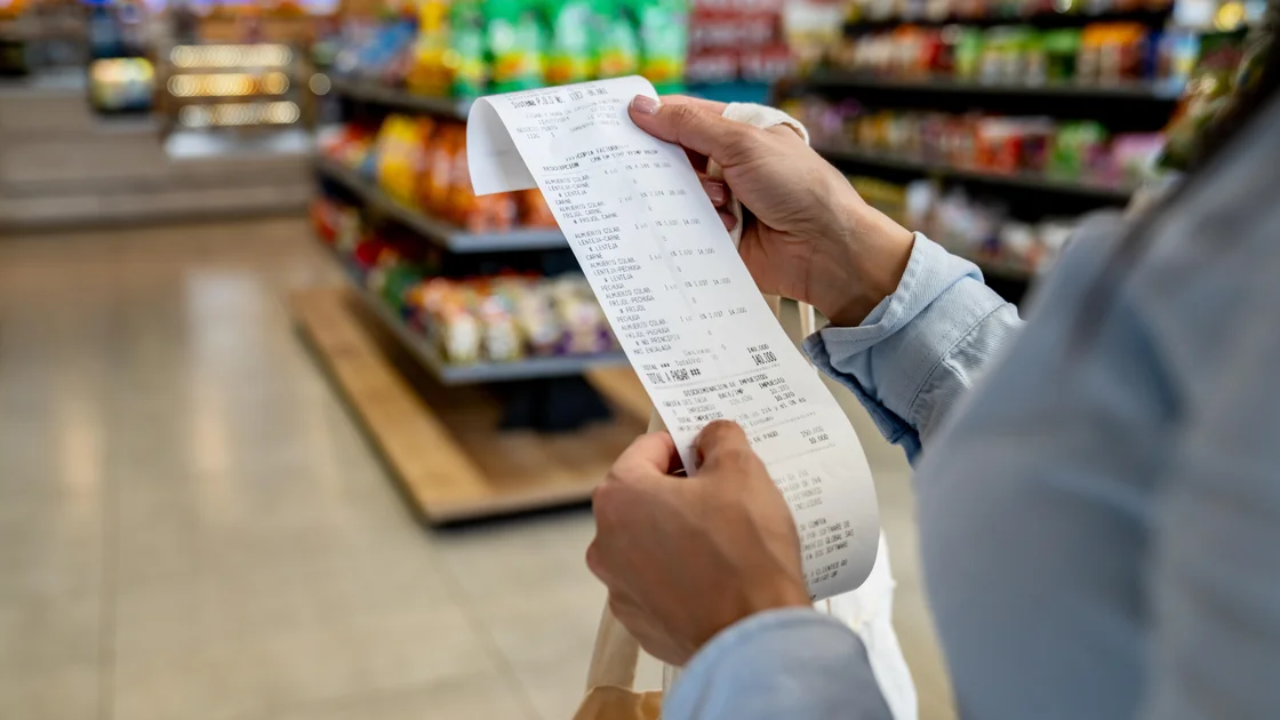Starting this month, grocery prices in North America are expected to increase due to new trade tariffs. These tariffs are affecting many products that come from countries outside North America, causing extra costs for importers.
These extra costs are then passed on to shoppers, meaning that the price you pay at the store will likely go up.
The new tariffs come as part of ongoing trade disputes and efforts by governments to protect their local industries.
While these moves aim to encourage buying from local producers, they have an immediate impact on the prices of everyday goods, including many food items.
For families already feeling the pressure of inflation, these rising grocery costs could add extra strain to their monthly budgets.
Experts say that tariffs on imported fruits, vegetables, and other food products will be the most noticeable. Many fresh and processed foods come from countries like Mexico, Chile, and others, and the new rules mean higher import taxes.
This will likely result in higher prices for items like fresh berries, avocados, and even some packaged snacks.
The effects will be felt not only by consumers but also by retailers and farmers. Retailers will face increased costs to stock shelves, which will push them to raise prices to protect their profits.
Farmers in North America might benefit in the long run if more people buy locally produced food, but this shift will take time and may not immediately lower prices for consumers.
Transportation and logistics also play a part in the rising prices. The tariffs can cause delays in supply chains because importers might seek alternative suppliers or routes to avoid high fees.
These delays add to costs and may create shortages, making some items harder to find or more expensive in certain areas.
The government says these tariffs are necessary to balance trade and support local jobs, but critics worry about the short-term impact on consumers.
Consumer groups are urging the government to consider measures that soften the blow, such as subsidies or support for low-income families who are hit hardest by food price increases.
In addition, grocery stores are already adjusting to rising costs caused by inflation, fuel price increases, and labor shortages. The new tariffs add another challenge on top of these existing problems, making it harder to keep prices low.
Some experts recommend that shoppers look for alternatives, such as buying seasonal and local produce, which might be less affected by tariffs. Shopping at farmers’ markets and using coupons or discounts can also help ease the impact on personal budgets.
It’s important to watch how this situation develops. Prices might continue to rise over the next few months as tariffs take full effect and supply chains adjust. Consumers should expect to pay more for many everyday food items and plan their grocery shopping accordingly.
This change also highlights the importance of supporting local food production and supply chains to reduce reliance on imports. Governments and businesses will need to work together to find long-term solutions that balance trade policies with consumer needs.
In the meantime, keeping informed and adjusting shopping habits can help families manage the effects of these new tariffs on their grocery bills.
Disclaimer- Our team has thoroughly fact-checked this article to ensure its accuracy and maintain its credibility. We are committed to providing honest and reliable content for our readers.






